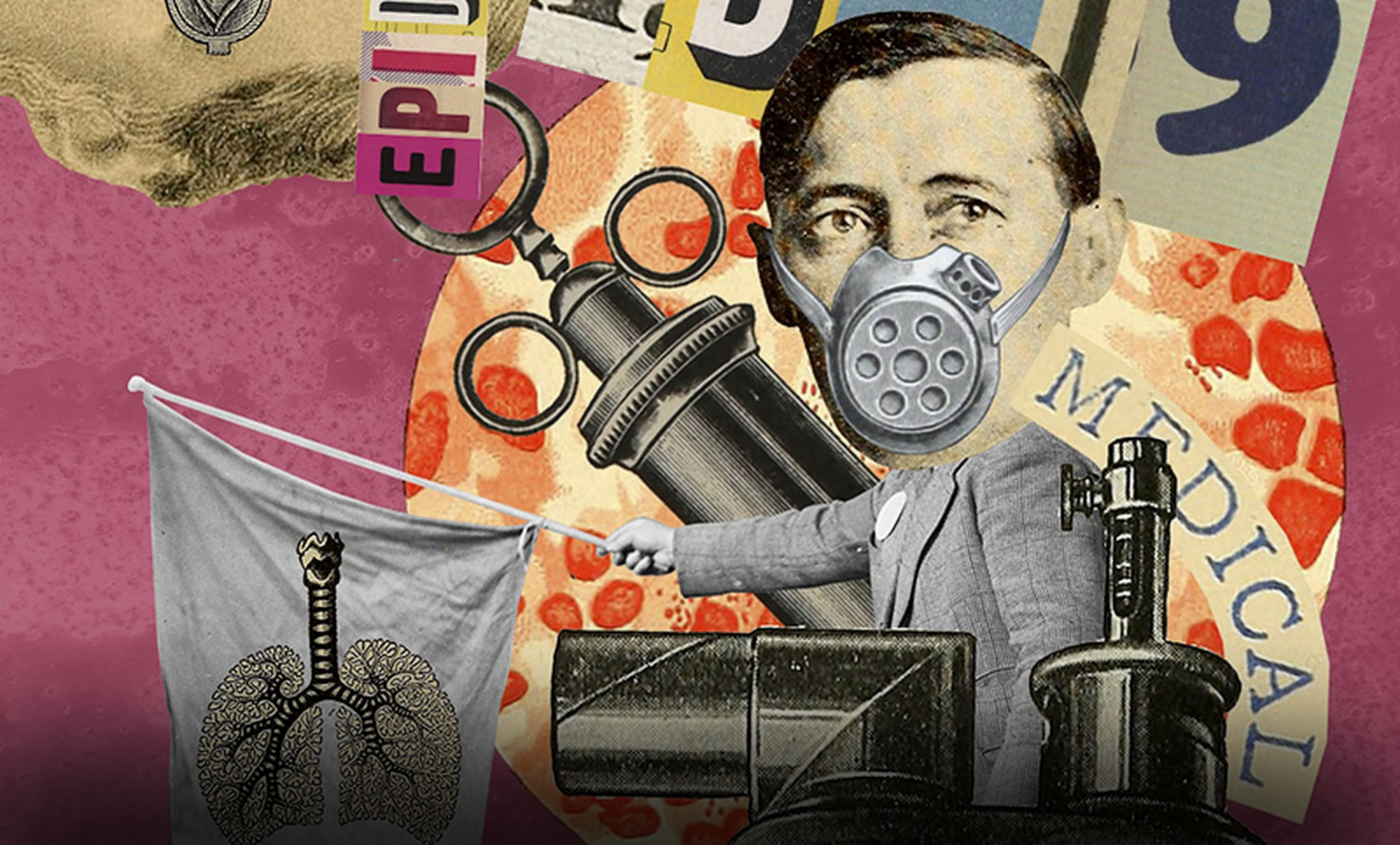This article is the written script of an episode from our podcast series: Kandelaa – Conversations.
( Bu yazı, podcast serimiz Kandelaa – Conversations’tan alınan bir bölümün yazılı metnidir. )
Dada.
A movement that is in fact against art but uses art to convey what they want to tell. “Why”, you may ask, as it sounds not reasonable to ear. But here’s the point of everything about Dada: NOTHING has to have a reason, a meaning, and they shouldn’t have! This is pretty much the basic idea that lies at the heart of the Dada, appearing conspicuously in almost every asset of the movement; even the name itself is sufficiently capable to give you hints about the Dada philosophy: A popular belief is that the name Dada was determined to be the title of the movement after being randomly picked from a dictionary; in the light of that, Dada means a wooden horse in French. However, the thing is that no one really is sure about the true origin of this preference, which gives the idea even better: Dada might mean a wooden horse, someone’s father in infant language, or just a gibberish sound one might make. It doesn’t have to have a meaning but can mean anything. Sounds entirely purposeless, right? Well, Dada is already defined as nihilist by different sources, so we wouldn’t be alone in calling it that way.
Dadaists wanted the destruction of logic, they were against the prevailing standards not just in arts, but also in… everything?
Dada was founded at the tail end of WW2 in Switzerland, by multiple artists from different countries like Tristan Tzara, Jean Hans Arp, Marcel Janco, Emy Hennings, and Hugo Ball. War has caused symbolism to be born as well, so one can interpret that the depression and terror happening in the world evidently engender novel ways to convey thoughts and apply what is thought as “arts”. Dadaists aspired to create a new universe that is different from the one that swathes them all around. This is the way they were anti- of nearly, maybe completely everything.
As in classic literary meetings of artists, Dadaists were also reading their poetries, written in an extraordinary random style: One should, to write Dada poetry, cut out words from a newspaper, throw them into a bag, and pick words to enumerate in their picking turn. Enjoy your miscellaneous and as meaningless poetry. It’s completely original to you.
One other idea of a new art form was put forward by these artists that you can quickly identify when searching on the net: Photomontage. It was especially dominant with the Berlin Dada movement and usually carried a political meaning. Raul Hausmann put it as: “We called (the) process ‘photomontage’ because it embodied our refusal to play the part of the artist. “
The plastic arts showed up clearly the notion of the “suitability of everything to be an artwork”. You can simply listen to an example of this thought and see if it is impressive or not: A porcelain urinal called “The Fountain” – the artwork of Marcel Duchamp, a famous artist who dealt with Cubism and Dada. Why, a urinal?! Because remember, why not, since nothing has to have a meaning.
***
Dadaists scattered to different paths after the movement dissolved through the twenties. Some of them established the opinion of “surrealism”. Actually, symbolism, surrealism, and dadaism share a point, and they discuss human nature. Alongside each other, they were interested in realism, in which one highly depends on observations and remains rather objective than those like romantics; however, as you can comprehend, all these movements believe that what can truly be told about human nature cannot be achieved by solely adhering to realism and its applications.
Today, it is possible to see the legacy of it around. The first thing that came to my mind, after seeing several famous artworks created by them, was the banana taped to the wall and once went over with a bang both in the news and on social media. Yes, it indeed carries the spirit of Dada, meaningless and different.
sufficiently (adv): yeterli, elverişli
capable (adj): yetenekli, gücü yeter, meyilli
determined (adj): kararlı
preference (n): tercih, seçim
indifferent (adj): kayıtsız, ilgisiz
destruction (n): yıkım
logic (n): mantık
the tail end of (something) (n) : sonları
prevailing (n): geçerli, üstün gelen, genel
to interpret (v): yorumlamak
to swathe (v) : sarıp sarmalamak
completely: tamamıyla
to put forward (v): öne sunmak
especially (adv): özellikle
process (n): süreç
plastic arts (n): görsel sanatlar
to embody (v): somutlaştırmak
impressive (adj): etkileyici
urinal (n): pisuvar
suitability (n): uygunluk
notion (n): düşünce, kavram, konsept
to scatter (v): saçılmak, yayılmak
discuss (v): ele almak, tartışmak
observation (n) gözlem
solely (adv): yalnızca, sırf
to adhere to (v): yapışmak, bağlı kalmak
application (n): uygulama
to tape (v): bantlamak
indeed (adv /exc/ expr): doğrusu, gerçekten de, aynen!

